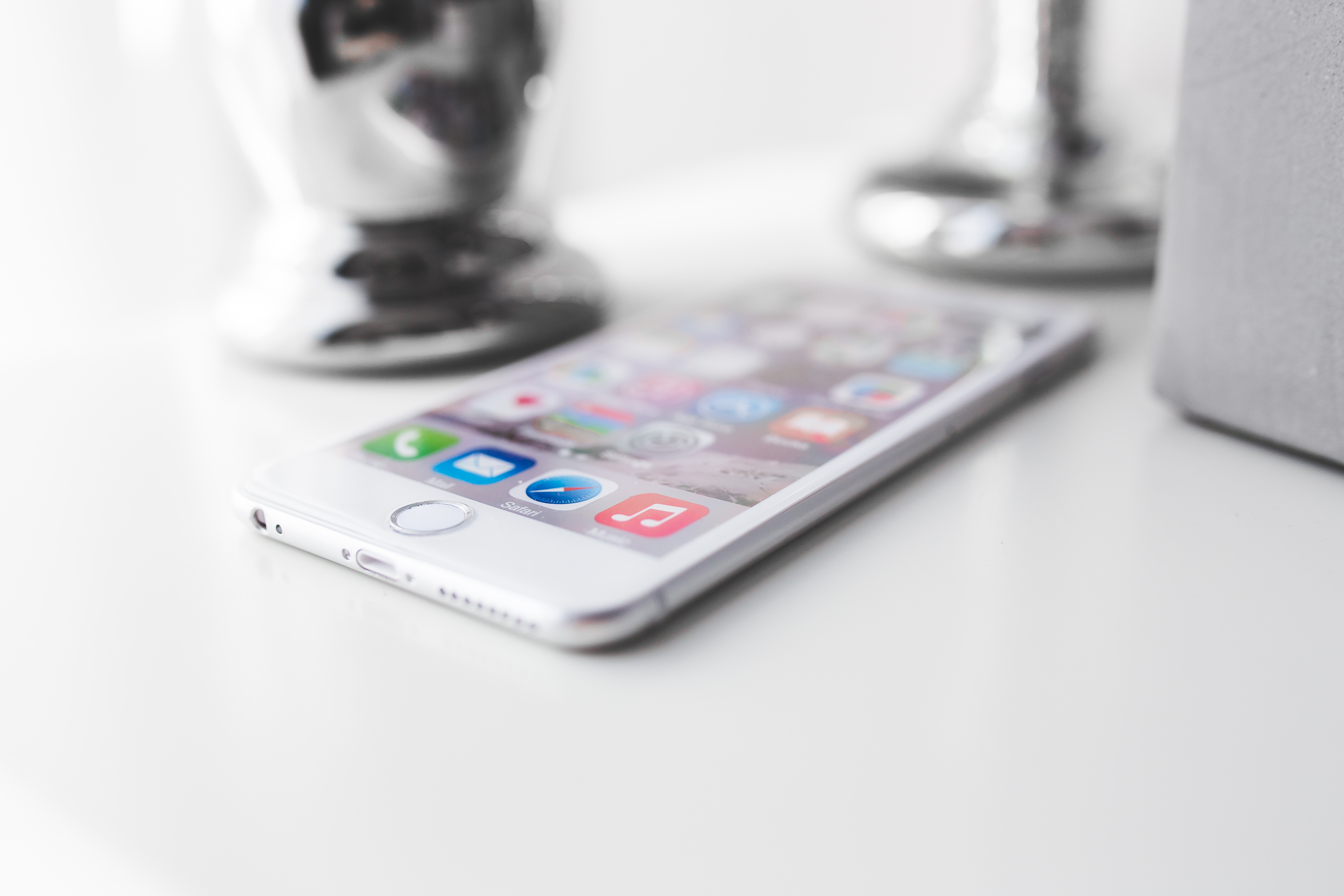
This week Facebook rolled out new emoji icons for mobile users, adding six alternative responses to the classic “Like,” thumbs-up. My initial response was the opposite of “Like,” though I couldn’t at first put my finger (or thumb) on why I was having such a strong negative response to a small change that most users seemed to have been wanting for some time.
It was only after I looked at Facebook from the perspective of my business (as a professional organizer) that I realized why I dislike the new emojis so much: these seemingly innocuous new options are just a further disruption/impediment to the order and calm I try to instill each day in my own life and the lives of my clients.
Let me tell you why.
- Clutter. Many of us only consider the clutter we experience in our physical surroundings but, increasingly, it is our virtual environments that threaten to overwhelm us. We are bombarded each day with an excess of media, images and words, an assault which our brains struggle to continuously process. From a design perspective, I appreciate that Facebook has thus far kept its digital presence clean and streamlined. The logo is simple, the color scheme soothing (blue, grey, white, black) and the user interface restricted for the benefit of uniformity. The addition of additional instant responses opens the door to future modification and personalized configurations, and the possibility of losing that streamlined tidiness that keeps virtual clutter at bay.
- Choices. Mark Zuckerberg himself said: “I do think it’s important to give people more options than just ‘like’.” Well, now we have six new options. Will this be it, or will Facebook add another six in a few months’ time? Will we continue to request more and more elaborate emojis to use as shortcuts, so that eventually modern language is reduced to merely a string of symbols? Facebook is a platform for connectivity to other people, albeit virtual, and within that framework we should strive to communicate meaningfully with each other. The choice to use emojis rather than express ourselves with words abruptly shortcuts much of the conversation we may have with each other in order to explain and support those simple “Likes”.
- Decisions. Now instead of just a simple “Like” we will have to take more time to decide if our response warrants a more emotional icon and, if so, which emoji represents that best. It feels like there are just too many options. Before the new emojis, the decision was simple: “Like” it if it sparked something in you, ignore and move to the next post if nothing resonated. Now you have the option to decide to respond to everything with love, extreme joy, sadness, anger. That feels like an emotional rollercoaster I will decide not to jump on.
We can continue to ask our social media outlets for more customization, more personalization, and more options. But ask yourself: is more always better? Or is the “more” sometimes actually offering me less?


 We all love bags but, here at the dawn of 2016, I think it’s safe to say most of us love them a little too much. How did all these bags get into our lives? Well, there are two main ways: either because we bought them for something, or we bought something that we put in them. The first category of bags, well, those are our silent workhorses. We need them to tote our laptops to work, to cart our rain gear and gym clothes, or to haul bottles, diapers and snacks for our offspring. If you have a school-aged child, she needs a knapsack too, and, eventually, a gym bag. Oh, and does your child do any extra-curricular sports? Then you will need a swim bag, ballet bag, judo bag, or fill-in-the-blank bag to contain all that equipment and keep it ready-to-go. Active lifestyles need bags, and that’s okay. But so often we fail to get rid of bags that have outlived their use and so our collection grows, and one day you open a closet to find bags spilling out, many of which you may not have used in years. Believe me, it is now time to donate or throw away that over-used handbag, or that backpack covered in characters your kid stopped liking long ago. Go ahead, you have my permission–just do it!
We all love bags but, here at the dawn of 2016, I think it’s safe to say most of us love them a little too much. How did all these bags get into our lives? Well, there are two main ways: either because we bought them for something, or we bought something that we put in them. The first category of bags, well, those are our silent workhorses. We need them to tote our laptops to work, to cart our rain gear and gym clothes, or to haul bottles, diapers and snacks for our offspring. If you have a school-aged child, she needs a knapsack too, and, eventually, a gym bag. Oh, and does your child do any extra-curricular sports? Then you will need a swim bag, ballet bag, judo bag, or fill-in-the-blank bag to contain all that equipment and keep it ready-to-go. Active lifestyles need bags, and that’s okay. But so often we fail to get rid of bags that have outlived their use and so our collection grows, and one day you open a closet to find bags spilling out, many of which you may not have used in years. Believe me, it is now time to donate or throw away that over-used handbag, or that backpack covered in characters your kid stopped liking long ago. Go ahead, you have my permission–just do it!